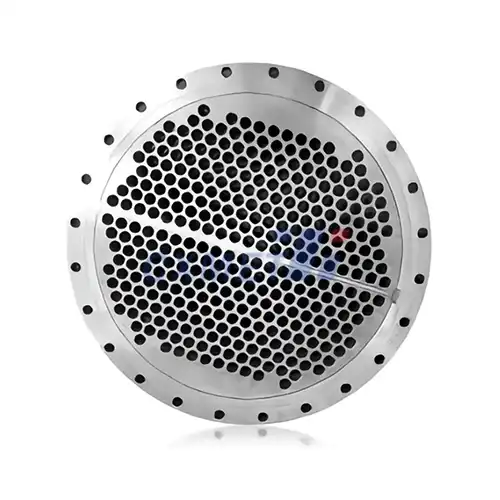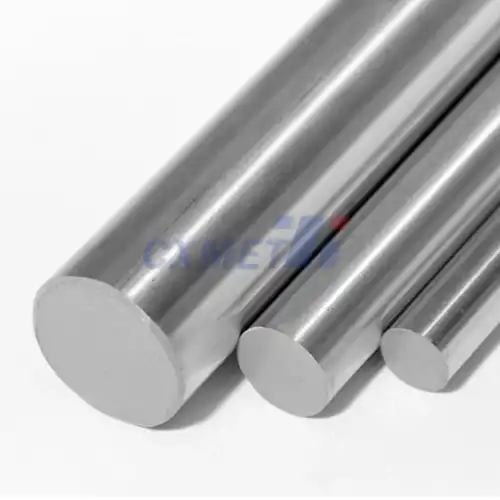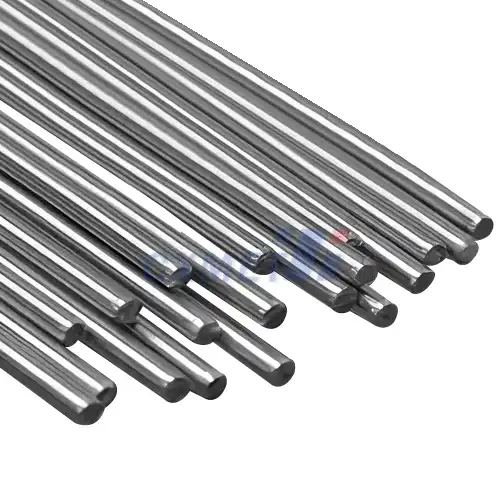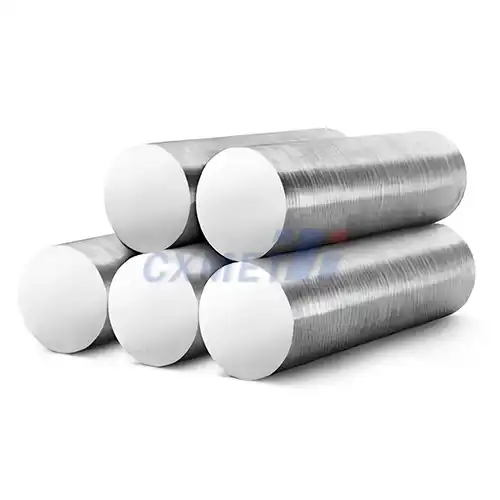- English
- French
- German
- Portuguese
- Spanish
- Russian
- Japanese
- Korean
- Arabic
- Greek
- German
- Turkish
- Italian
- Danish
- Romanian
- Indonesian
- Czech
- Afrikaans
- Swedish
- Polish
- Basque
- Catalan
- Esperanto
- Hindi
- Lao
- Albanian
- Amharic
- Armenian
- Azerbaijani
- Belarusian
- Bengali
- Bosnian
- Bulgarian
- Cebuano
- Chichewa
- Corsican
- Croatian
- Dutch
- Estonian
- Filipino
- Finnish
- Frisian
- Galician
- Georgian
- Gujarati
- Haitian
- Hausa
- Hawaiian
- Hebrew
- Hmong
- Hungarian
- Icelandic
- Igbo
- Javanese
- Kannada
- Kazakh
- Khmer
- Kurdish
- Kyrgyz
- Latin
- Latvian
- Lithuanian
- Luxembou..
- Macedonian
- Malagasy
- Malay
- Malayalam
- Maltese
- Maori
- Marathi
- Mongolian
- Burmese
- Nepali
- Norwegian
- Pashto
- Persian
- Punjabi
- Serbian
- Sesotho
- Sinhala
- Slovak
- Slovenian
- Somali
- Samoan
- Scots Gaelic
- Shona
- Sindhi
- Sundanese
- Swahili
- Tajik
- Tamil
- Telugu
- Thai
- Ukrainian
- Urdu
- Uzbek
- Vietnamese
- Welsh
- Xhosa
- Yiddish
- Yoruba
- Zulu
How is Gr11 titanium wire fabricated or processed?
2025-02-27 15:25:13
Gr11 titanium wire, is a high-performance material widely used in various industries due to its exceptional properties. The fabrication and processing of Gr11 titanium wire involve several sophisticated techniques to ensure its quality and performance. This blog post will delve into the intricacies of Gr11 titanium wire production, exploring the key steps and considerations in its manufacturing process.
|
|
|
|
What are the main steps in Gr11 titanium wire production?
The production of Gr11 titanium wire involves a series of carefully controlled steps, each crucial to achieving the desired properties and quality. The process typically begins with the preparation of titanium sponge, which is then melted and formed into ingots. These ingots undergo further processing to create the wire form.
The first major step is melting the titanium sponge. This is usually done using vacuum arc remelting (VAR) or electron beam melting (EBM) techniques. These methods ensure the purity of the titanium by removing volatile impurities and controlling the composition. The molten titanium is then cast into ingots, which serve as the starting material for wire production.
Next, the ingots are subjected to hot working processes. This typically involves forging or extrusion to break down the cast structure and improve the material's overall properties. The hot working process helps to refine the grain structure and enhance the mechanical properties of the titanium.
After hot working, the material undergoes a series of cold working steps. This involves drawing the titanium through progressively smaller dies to reduce its diameter and increase its length. Cold working not only shapes the wire but also strengthens it through work hardening. The wire may be annealed between drawing steps to relieve internal stresses and maintain workability.
Surface treatment is another crucial step in Gr11 titanium wire production. This may include pickling to remove surface oxides, polishing to achieve the desired surface finish, and in some cases, applying protective coatings. The surface treatment enhances the wire's corrosion resistance and improves its overall performance.
Quality control is maintained throughout the production process. This includes regular checks of the wire's dimensions, surface quality, and mechanical properties. Advanced testing methods such as tensile testing, hardness testing, and microstructural analysis are employed to ensure the wire meets the required specifications.
The final steps in Gr11 titanium wire production involve packaging and labeling. The wire is typically wound onto spools or cut into straight lengths, depending on the intended application. Proper packaging is essential to protect the wire from damage during transportation and storage.
How does the composition of Gr11 titanium affect its processing?
The composition of Grade 11 titanium plays a significant role in its processing and ultimate properties. Gr11 titanium is an alpha-beta alloy, containing both alpha and beta stabilizing elements. This composition influences various aspects of its processing, from melting to final shaping.
One of the key features of Gr11 titanium is its high purity. It contains a minimum of 99.7% titanium, with very low levels of impurities such as oxygen, nitrogen, carbon, and iron. This high purity contributes to its excellent corrosion resistance and biocompatibility, making it ideal for medical and marine applications. However, it also presents challenges in processing.
The melting of Gr11 titanium requires careful control of the atmosphere to prevent contamination. Titanium is highly reactive at elevated temperatures, readily forming oxides and nitrides if exposed to air. This necessitates the use of vacuum or inert gas environments during melting and casting. The high purity also means that any contamination during processing can significantly affect the material's properties.
During hot working, the alpha-beta structure of Gr11 titanium allows for good formability. The presence of both alpha and beta phases provides a balance between strength and ductility. However, the processing temperature must be carefully controlled to maintain the desired microstructure. If the temperature is too high, excessive grain growth can occur, potentially compromising the material's mechanical properties.
Cold working of Gr11 titanium wire is influenced by its composition as well. The material's high strength-to-weight ratio and work hardening characteristics require carefully controlled reduction schedules during wire drawing. Intermediate annealing steps may be necessary to relieve internal stresses and restore ductility, allowing for further reduction without risking wire breakage.
The composition also affects the wire's response to heat treatment. While Gr11 titanium is not typically heat-treated for strengthening, annealing treatments can be used to relieve stresses and optimize properties. The temperatures and cooling rates must be carefully controlled to avoid undesirable changes in the microstructure or mechanical properties.
Surface treatment of Gr11 titanium wire is particularly important due to its composition. The material's high reactivity with oxygen means that a thin, protective oxide layer forms on the surface. While this layer provides excellent corrosion resistance, it can interfere with certain applications, such as welding or coating. Specialized surface treatments may be required to modify or remove this oxide layer for specific applications.
What are the key challenges in fabricating Gr11 titanium wire?
Fabricating Grade 11 titanium wire presents several unique challenges that manufacturers must overcome to produce high-quality products. These challenges stem from titanium's inherent properties and the stringent requirements for Gr11 titanium in various applications.
One of the primary challenges is maintaining material purity throughout the production process. Gr11 titanium's high reactivity means that even minor contamination can significantly affect its properties. This requires extremely clean manufacturing environments and specialized equipment to prevent the introduction of impurities during melting, forming, and handling stages.
Temperature control is another critical challenge in Gr11 titanium wire fabrication. The material's properties are highly sensitive to temperature, particularly during hot working and heat treatment processes. Overheating can lead to excessive grain growth, while insufficient heating can result in inadequate formability. Precise temperature control systems and expert knowledge of titanium metallurgy are essential to overcome this challenge.
The high strength and low ductility of Gr11 titanium pose challenges during cold working processes, particularly in wire drawing. The material's work hardening behavior requires carefully planned reduction schedules to avoid wire breakage. Manufacturers must balance the desired reduction in wire diameter with the need for intermediate annealing treatments to restore workability.
Consistency in properties along the length of the wire is another significant challenge. Variations in composition, microstructure, or dimensions can lead to inconsistent performance in the final product. This requires rigorous quality control measures, including in-line monitoring systems and frequent testing of mechanical and physical properties.
The high cost of raw materials and processing equipment presents economic challenges in Gr11 titanium wire production. Titanium is inherently more expensive than many other metals, and the specialized equipment required for its processing adds to the overall cost. Manufacturers must optimize their processes to minimize waste and maximize yield to remain competitive.
Finally, meeting the stringent standards and specifications required for Gr11 titanium wire in critical applications, such as aerospace and medical devices, is a significant challenge. This demands not only precise control over the manufacturing process but also comprehensive documentation and traceability systems to ensure compliance with industry regulations.
At SHAANXI CXMET TECHNOLOGY CO., LTD, we take pride in our extensive product range, which caters to diverse customer needs. Our company is equipped with outstanding production and processing capabilities, ensuring the high quality and precision of our products. We are committed to innovation and continuously strive to develop new products, keeping us at the forefront of our industry. With leading technological development capabilities, we are able to adapt and evolve in a rapidly changing market. Furthermore, we offer customized solutions to meet the specific requirements of our clients. If you are interested in our products or wish to learn more about the intricate details of our offerings, please do not hesitate to contact us at sales@cxmet.com. Our team is always ready to assist you.
|
|
|
|
References
- ASTM International. (2021). ASTM B863-14 Standard Specification for Titanium and Titanium Alloy Wire.
- Lutjering, G., & Williams, J. C. (2007). Titanium (2nd ed.). Springer-Verlag Berlin Heidelberg.
- Froes, F. H. (Ed.). (2015). Titanium: Physical Metallurgy, Processing, and Applications. ASM International.
- Peters, M., Hemptenmacher, J., Kumpfert, J., & Leyens, C. (2003). Titanium and Titanium Alloys: Fundamentals and Applications. Wiley-VCH.
- Donachie, M. J. (2000). Titanium: A Technical Guide (2nd ed.). ASM International.
- Boyer, R., Welsch, G., & Collings, E. W. (Eds.). (1994). Materials Properties Handbook: Titanium Alloys. ASM International.
- Polmear, I., StJohn, D., Nie, J. F., & Qian, M. (2017). Light Alloys: Metallurgy of the Light Metals (5th ed.). Butterworth-Heinemann.
- Leyens, C., & Peters, M. (Eds.). (2003). Titanium and Titanium Alloys: Fundamentals and Applications. Wiley-VCH.
- Banerjee, D., & Williams, J. C. (2013). Perspectives on Titanium Science and Technology. Acta Materialia, 61(3), 844-879.
- Fray, D. J. (2008). Novel methods for the production of titanium. International Materials Reviews, 53(6), 317-325.









